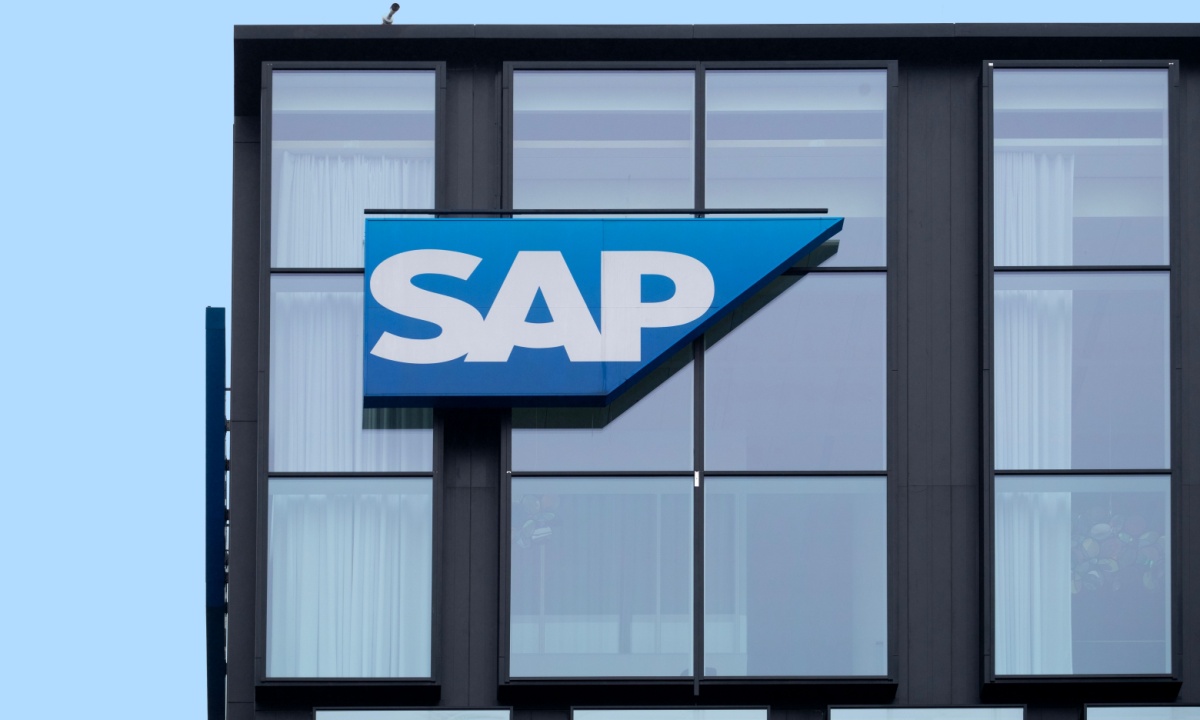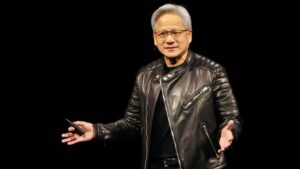DataRobot Introduces AI Application Suites for SAP Users

New AI Solutions for Finance and Supply Chain by DataRobot and SAP
DataRobot has recently introduced innovative artificial intelligence (AI) application suites tailored for finance and supply chain functions. This development is specifically designed for seamless integration with SAP solutions, allowing users to harness the power of AI while ensuring their sensitive business data is used securely.
Accelerating AI Implementation
The new AI tools facilitate quick and efficient implementation within SAP environments. According to a statement from DataRobot, this integration is set to alleviate the burdens on AI teams by providing built-in business logic, AI functionalities, observation capabilities, governance frameworks, and deployment plans. As a result, these teams will have more time to focus on customizing applications to cater to specific business needs. Venky Veeraraghavan, Chief Product Officer at DataRobot, emphasized that these solutions allow businesses to concentrate more on fine-tuning applications rather than getting lost in the initial setup.
Features of the DataRobot Finance AI App Suite
The DataRobot Finance AI App Suite offers finance departments various advantages by leveraging data embedded within SAP solutions. Some key features include:
- Real-time insights on cash flow management: Enterprises can monitor their financial situation more effectively and make timely decisions.
- Revenue forecasting: This feature aids in predicting future income based on historical data, allowing for better financial planning.
- Fraud and anomaly detection: The app utilizes AI to identify unusual transactions, helping to prevent potential fraud.
- Budget and cost variance analysis: Finance teams can easily compare actual spending against budgets, facilitating more informed financial decisions.
Supply Chain and Operations AI App Suite
In addition to financial applications, DataRobot offers a Supply Chain and Operations AI App Suite. This suite utilizes SAP data to optimize several operational aspects. Notable features include:
- Demand planning: The software helps businesses predict customer demand accurately, optimizing inventory levels.
- Lead time estimation: By analyzing various factors, it can provide businesses with realistic delivery timelines.
- Managing late shipments: Companies can better track and manage delays to enhance customer satisfaction.
- Workforce planning and inventory management: This tool aids in resource allocation and ensures optimal stock levels.
Expanding Partnership and AI Innovations
Irfan Khan, President and Chief Product Officer for SAP Data and Analytics, speaks to the broader implications of this partnership. He mentioned that combining SAP’s capabilities with DataRobot’s AI can foster quicker AI adoption, enhance decision-making processes, improve operational efficiency, and facilitate significant business transformations across different industries.
This collaboration is just one of several initiatives SAP has undertaken to deepen its engagement with AI. Earlier this year, SAP joined forces with Databricks to create a product that simplifies the integration of SAP data with other enterprise-level data sources. This tool now allows businesses to utilize the Databricks Data Intelligence Cloud directly within the SAP Business Data Cloud, enhancing their data processing capabilities.
In October, SAP also enriched its AI copilot, Joule, by introducing collaborative AI agents designed to tackle complex cross-disciplinary tasks. An intriguing application of this technology is a dispute management tool powered by autonomous AI agents. These agents can effectively analyze and resolve issues such as inaccurate or missing invoices, unapplied credits, and payment disputes.
SAP and DataRobot’s partnership marks a significant step in leveraging AI to drive growth, optimize operations, and enhance decision-making in businesses across various sectors. With such advancements, companies can expect to see improved efficiencies and productivity, largely driven by the integration of smart technology into their existing frameworks.





